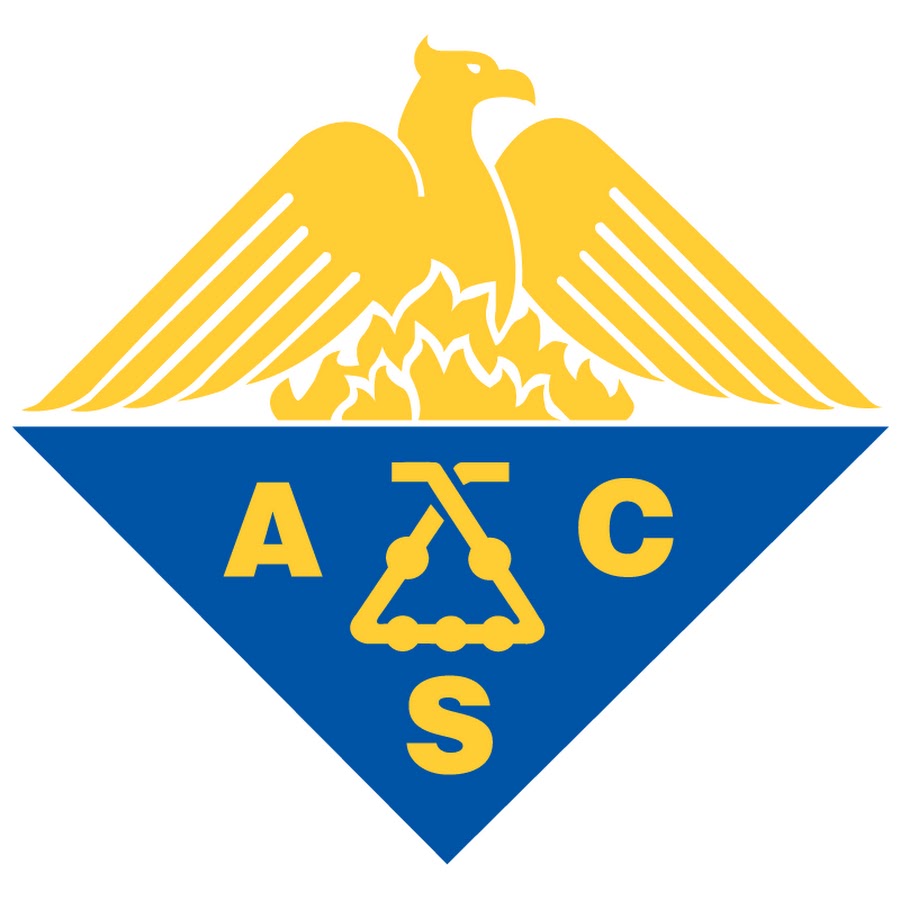In some applications the dye distribution within fluorescently labeled nanoparticles and its stability over long periods of time are important issues. In this article we study numerically and experimentally the applicability of fluorescence correlation spectroscopy (FCS) to resolve such questions. When the size of fluorescently labeled particles is comparable to or larger than the confocal volume, the effective confocal volume seen in FCS experiments is increasing. Such an effect has already been studied for uniformly labeled spherical particles. In this work we analyze the form of the FCS correlation functions (CFs) for core-labeled and shell-labeled core–shell particles. For shell-labeled particles an additional fast decay was found both in simulations and in experiments on custom-made surface-labeled particles. Universal scaling of FCS correlation times based on the squared ratio of the labeled part radius of gyration to the Gaussian radius of the beam profile was found. Recipes based on the analysis of simulated CFs, proposed for interpretation of experimental results, were successfully applied to the FCS results on suspensions of large core-labeled and surface-labeled particles
